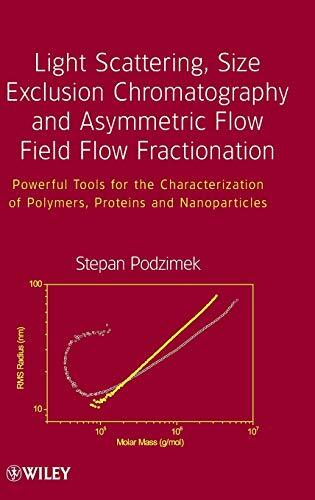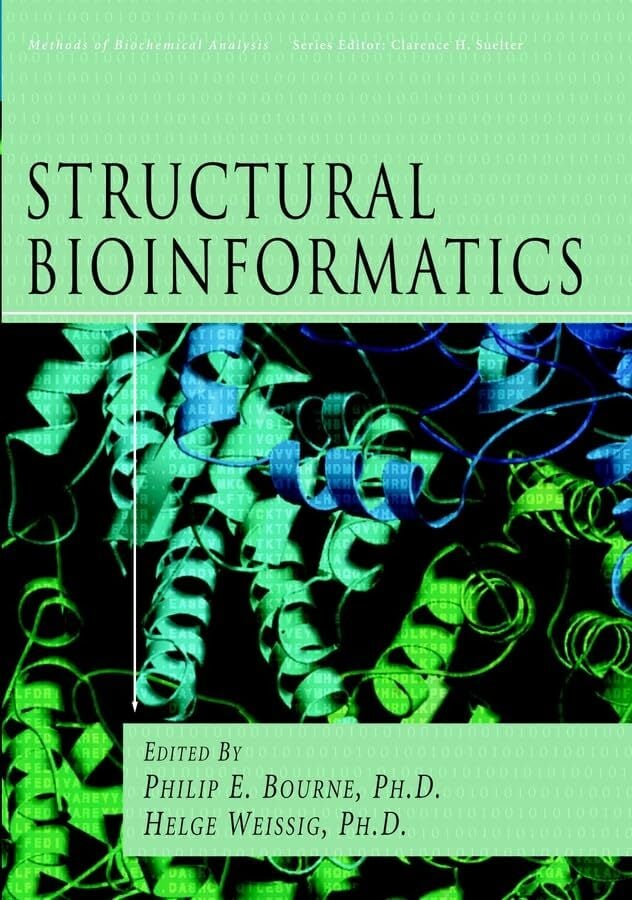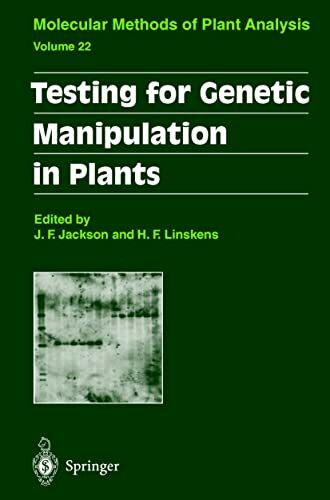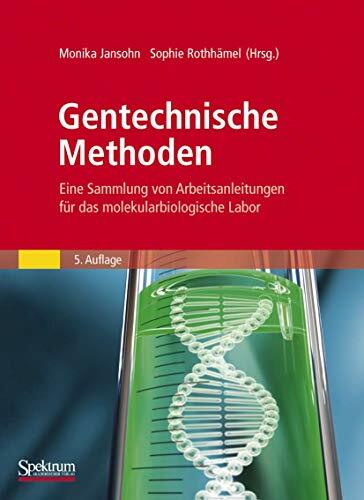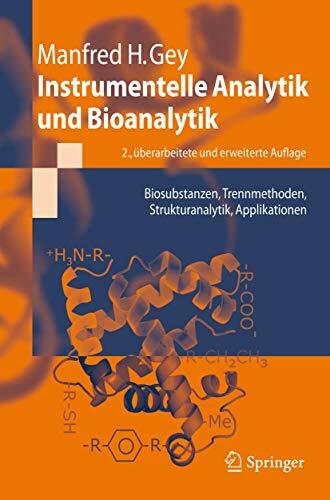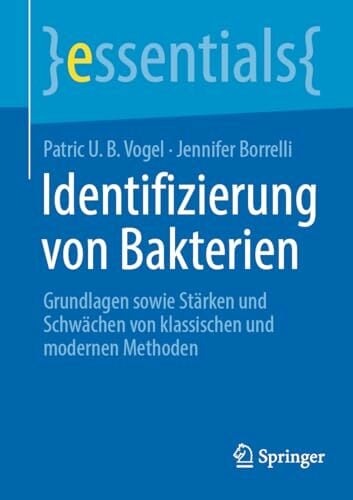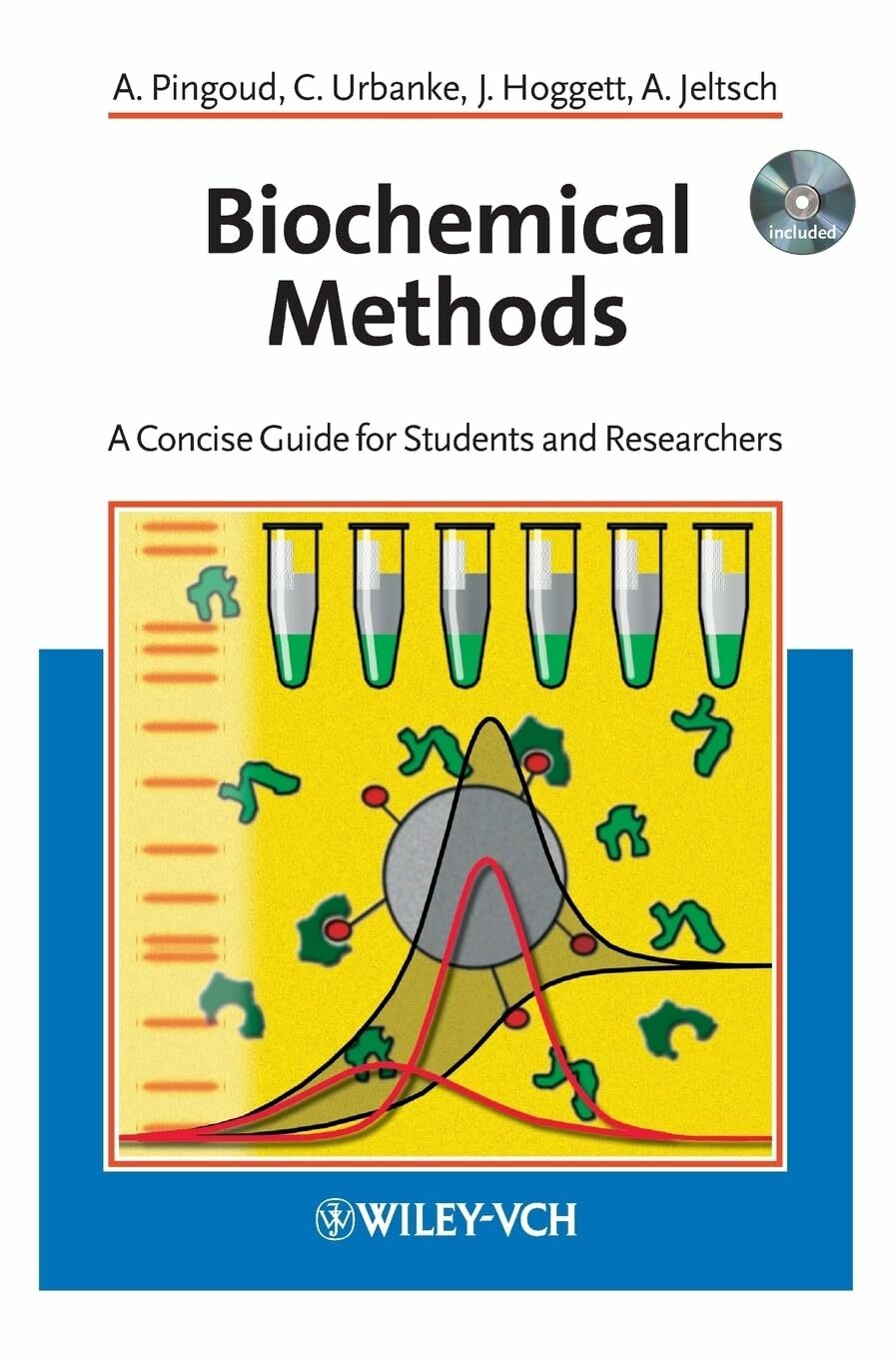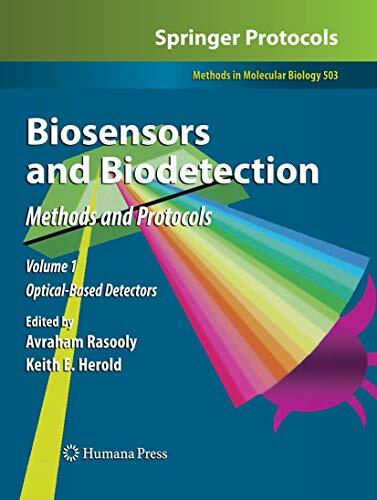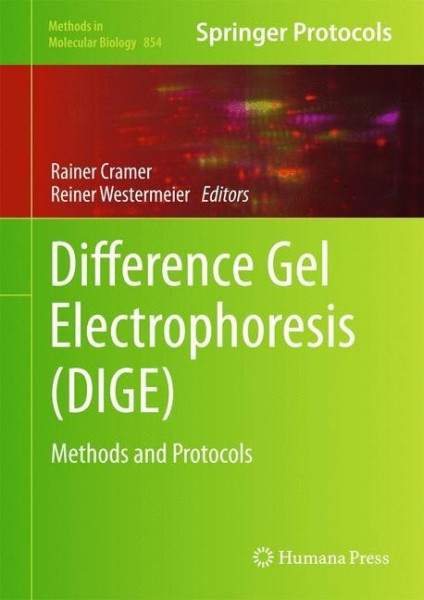
Difference Gel Electrophoresis (DIGE)
Kurzinformation
inkl. MwSt. Versandinformationen
Artikel zZt. nicht lieferbar
Artikel zZt. nicht lieferbar

Beschreibung
Protein analysis is increasingly becoming a cornerstone in deciphering the molecular mechanisms of life. Proteomics, the large-scale and high-sensitivity analysis of proteins, is already pivotal to the new life sciences such as Systems Biology and Systems Medicine. Proteomics, however, relies heavily on the past and future advances of protein purification and analysis methods. DIGE, being able to quantify proteins in their intact form, is one of a few methods that can facilitate this type of analysis and still provide the protein isoforms in an MS-compatible state for further identification and characterization with high analytical sensitivity. Differential Gel Electrophoresis: Methods and Protocols introduces the concept of DIGE and its advantages in quantitative protein analysis. It provides detailed protocols and important notes on the practical aspects of DIGE with both generic and specific applications in the various areas of Quantitative Proteomics. Divided into four concise sections, this detailed volume opens with the basics of DIGE, the technique and its practical details with a focus on the planning of a DIGE experiment and its data analysis. The next section introduces various DIGE methods from those employed by scientists world-wide to more novel methods, providing a glance at what is on the horizon in the DIGE world. The volume closes with an overview of the wide range of DIGE applications from Clinical Proteomics to Animal, Plant, and Microbial Proteomics applications. Written in the highly successful Methods in Molecular Biology¿ series format, chapters contain introductions to their respective topics, lists of the necessary materials and reagents, step-by-step, readily reproducible laboratory protocols, and notes on troubleshooting and avoiding known pitfalls. Authoritative and accessible, Differential Gel Electrophoresis: Methods and Protocols can be used by novices with some background in biochemistry or molecular biology as well as by experts in Proteomics who would like to deepen their understanding of DIGE and its employment in many hyphenations and application areas. With its many protocols, applications, and methodological variants, it is also a unique reference for all who seek fundamental details on the working principle of DIGE and ideas for possible future uses of DIGE in novel analytical approaches. von Cramer, Rainer und Westermeier, Reiner
Produktdetails

So garantieren wir Dir zu jeder Zeit Premiumqualität.
Über den Autor

- Gebunden
- 386 Seiten
- Erschienen 2022
- Wiley-VCH

- Taschenbuch
- 123 Seiten
- Erschienen 1994
- Routledge

- Gebunden
- 427 Seiten
- Erschienen 2006
- Wiley-VCH

- Gebunden
- 378 Seiten
- Erschienen 2009
- Wiley-VCH

- Gebunden
- 304 Seiten
- Erschienen 2009
- Birkhäuser

- Kartoniert
- 264 Seiten
- Erschienen 2000
- CRC Press

- Gebunden
- 298 Seiten
- Erschienen 2003
- Springer

- Hardcover
- 312 Seiten
- Erschienen 2001
- Springer

- Gebunden
- 529 Seiten
- Erschienen 2012
- Wiley-VCH

- Gebunden
- 308 Seiten
- Erschienen 2016
- Wiley-VCH










